Herbert De Paz | Ibirapema
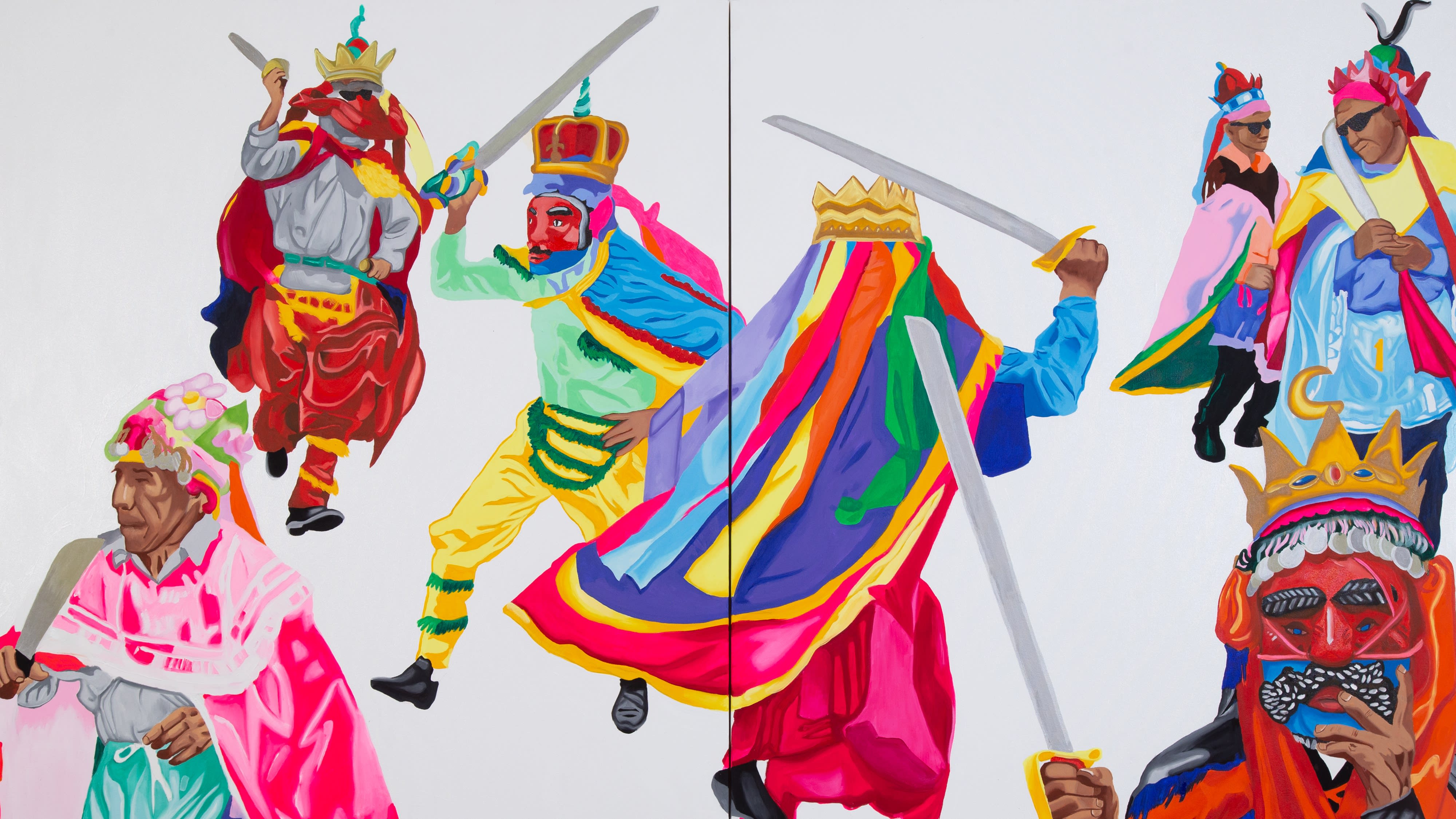
Ibirapema: ‘fighting with Christians is not like eating tortillas’¹
More and more, the way in which canons are operated in the field of art history, seek possibilities for the (re) elaboration of pasts, through a critical position in the traditional regime of the circulation of images. In the research of the Salvadoran artist Herbert De Paz, the colonial processes of artistic and cultural interpretation are dissolved in the study of the rudiments of a Euro-Christian episteme. His paintings reveal insurgent silhouettes, depicting a complex area of discursive dispute against socially geared ways of seeing and inhabiting the world.
Images of Rugendas, Sá, and Bry are disordered along with the Cucumbis who dance through the streets of Rio de Janeiro in the 18th century, an ode to non-standardized bodies that escape subjugation, through dance as an engine of freedom and insurrection. They also allude to a popular manifestation in the Americas, ordered by the representation of the conflicts of religious conversion between Moors and Christians, the dance of historians, a dance that was perpetuated by missionaries in the Americas, contributing to the imposition of Christianity as the only path short of annihilation.
Leda Maria Martins, in this sense, proposes the understanding of the body as a portal of wisdom, where, through corporeal performance, time² is crossed, therefore, thinking about history beyond coloniality requires attention to transtemporal vehicles for maintaining life. In these works, we see overflows between evangelization and dance, worked from episodes where the Americas, and the bodies that inhabited these lands, assert themselves as the pulsating movement of a dance amid war. If the colonization undertaken by the State and the Clergy elaborated complex strategies of domination, ibirapema³, metamorphosed like a brush, interrupts the continuity of the catechization of our imaginaries. In this regard, Herbert De Paz understands pictorial language as one of the possible axes of prefiguration of the world, affirming aesthetic proposals in opposition to images guided by interpretive methods and founded on traumatic and violent spectres.
Aldones Nino⁴, 2021
¹ Excerpt taken from La Historia de Carlos Magno, according to oral transmission, from the article by Salvadoran philosopher Reynaldo Antonio Rivas: Los historiantes de Huertas: La danza de los Moros y Cristianos (2021), in Revista de Museologia Kóot, year 11, no. 12, p.71-87.
² MARTINS, Leda. Performances da oralitura: corpo, lugar da memória. In: Língua e Literatura: Limites e Fronteiras. Revista do Programa de Pós-graduação em Letras, n. 26 (Jun. 2003), p.75.
³ Ibira-pema, ivirapema, ivirapeme, tacape or tangapema was the wooden club with which the Tupi, who inhabited most of the Brazilian coast in the 16th century, killed their prisoners of war.
⁴ Art Historian, Training and Education Advisor at the Instituto Inclusartiz (Rio de Janeiro, Brazil) and Adjunct Curator of Collegium (Arévalo, Spain).
![Herbert De Paz, A invenção da América [The Invention of America], 2021](https://artlogic-res.cloudinary.com/w_920,h_920,c_limit,f_auto,fl_lossy,q_auto/artlogicstorage/agentilcarioca/images/view/86c8e4f8f297bbd9c255c5a0cedb6946j/agentilcarioca-herbert-de-paz-a-inven-o-da-am-rica-the-invention-of-america-2021.jpg)


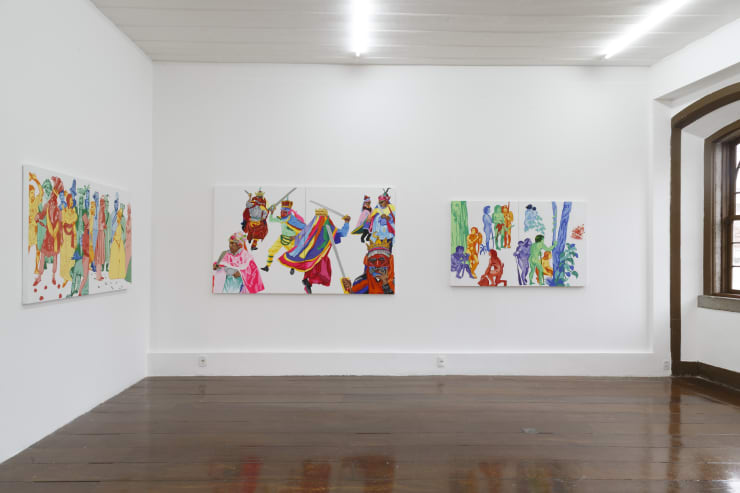
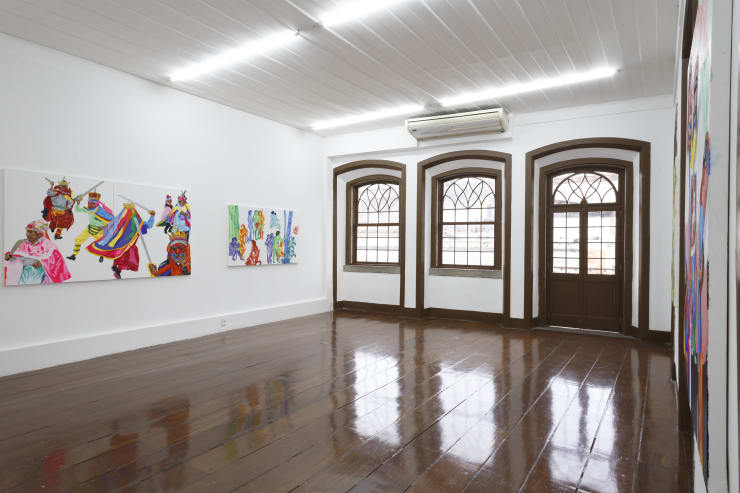
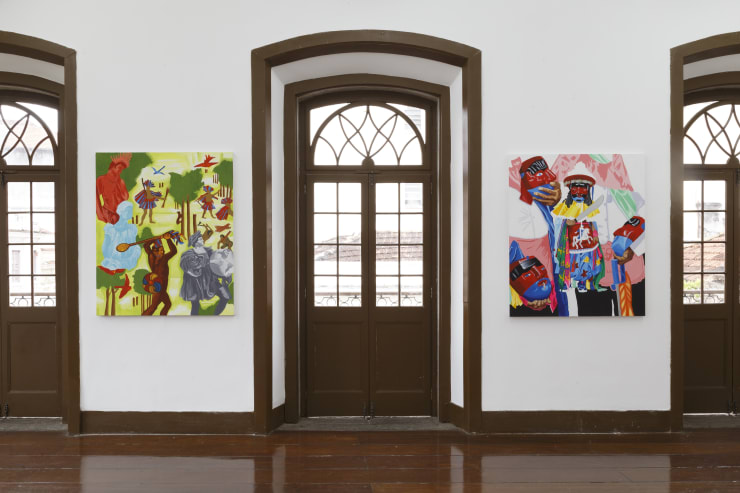
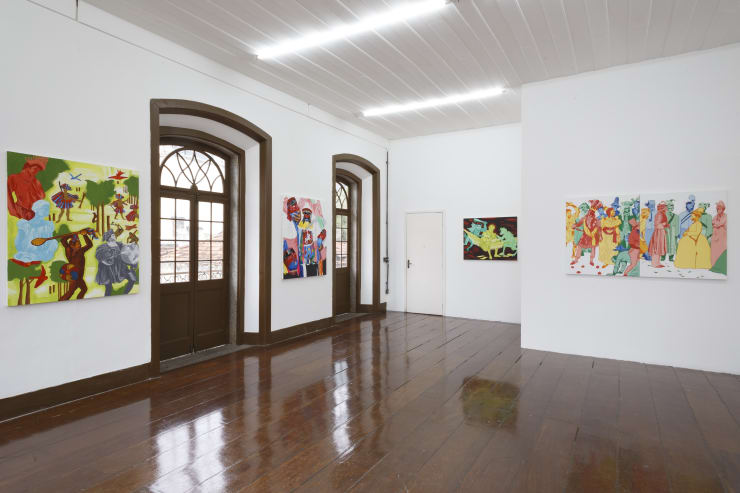
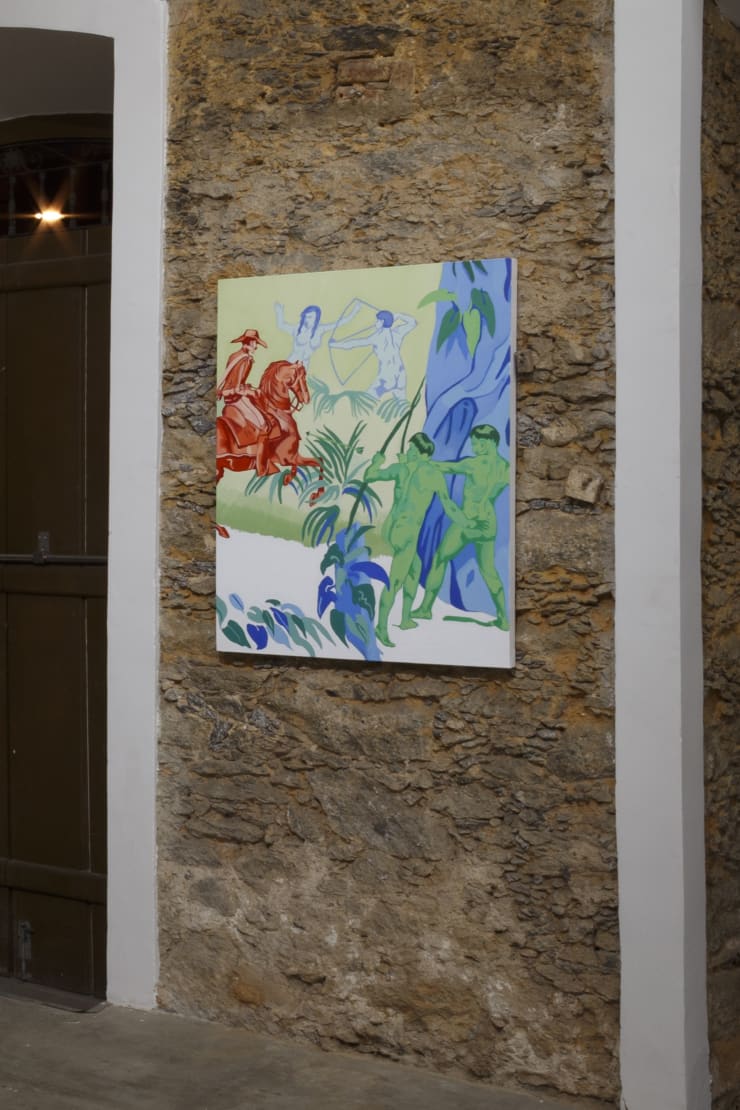
![Herbert De Paz, Assombração [Ghosts], 2021](https://artlogic-res.cloudinary.com/w_740,c_limit,f_auto,fl_lossy,q_auto/artlogicstorage/agentilcarioca/images/view/b8f7da1d7eeb02daa22a0765844a1ea5j/agentilcarioca-herbert-de-paz-assombra-o-ghosts-2021.jpg)
![Herbert De Paz, Festa de Santa Rosália/Triunfo dos Cucumbis [Santa Rosalia Festival/Cucumbis Triumph ], 2020](https://artlogic-res.cloudinary.com/w_740,c_limit,f_auto,fl_lossy,q_auto/artlogicstorage/agentilcarioca/images/view/2e9b1ea3b91cc9ca2f0d914b6db2bbeaj/agentilcarioca-herbert-de-paz-festa-de-santa-ros-lia-triunfo-dos-cucumbis-santa-rosalia-festival-cucumbis-triumph-2020.jpg)
![Herbert De Paz, Dança dos Historiantes [Dance of the Historians], 2021](https://artlogic-res.cloudinary.com/w_740,c_limit,f_auto,fl_lossy,q_auto/artlogicstorage/agentilcarioca/images/view/2a5c50758dcf820e8ea72cd979b71476j/agentilcarioca-herbert-de-paz-dan-a-dos-historiantes-dance-of-the-historians-2021.jpg)
![Herbert De Paz, Avistamento [Sighting], 2021](https://artlogic-res.cloudinary.com/w_740,c_limit,f_auto,fl_lossy,q_auto/artlogicstorage/agentilcarioca/images/view/51843b472de40ced44b1ebcb57e99081j/agentilcarioca-herbert-de-paz-avistamento-sighting-2021.jpg)
![Herbert De Paz, A invenção da América [The Invention of America], 2021](https://artlogic-res.cloudinary.com/w_740,c_limit,f_auto,fl_lossy,q_auto/artlogicstorage/agentilcarioca/images/view/86c8e4f8f297bbd9c255c5a0cedb6946j/agentilcarioca-herbert-de-paz-a-inven-o-da-am-rica-the-invention-of-america-2021.jpg)
![Herbert De Paz, Herança [Heritage], 2021](https://artlogic-res.cloudinary.com/w_740,c_limit,f_auto,fl_lossy,q_auto/artlogicstorage/agentilcarioca/images/view/43a17f4773cb4ec97df9a4ed31683306j/agentilcarioca-herbert-de-paz-heran-a-heritage-2021.jpg)
![Herbert De Paz, Encontro II [Encounter II], 2021](https://artlogic-res.cloudinary.com/w_740,c_limit,f_auto,fl_lossy,q_auto/artlogicstorage/agentilcarioca/images/view/d6490369d30695ddb85ad242c3f404b9j/agentilcarioca-herbert-de-paz-encontro-ii-encounter-ii-2021.jpg)